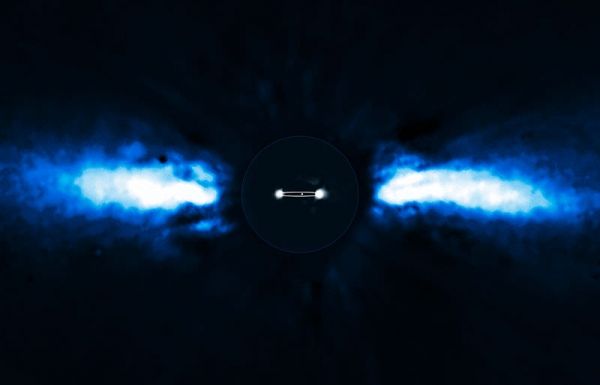Over the past few decades, the number of extra-solar planets that have been detected and confirmed has grown exponentially. At present, the existence of 3,778 exoplanets have been confirmed in 2,818 planetary systems, with an additional 2,737 candidates awaiting confirmation. With this volume of planets available for study, the focus of exoplanet research has started to shift from detection towards characterization.
For example, scientists are increasingly interested in characterizing the atmospheres of exoplanets so that they can say with confidence that they have the right ingredients for life (i.e. nitrogen, carbon dioxide, etc). Unfortunately, this is very difficult using current methods. However, according to a new study by an international team of astronomers, next-generation instruments that rely on direct imaging will be a game-changer.
The study, “Direct Imaging in Reflected Light: Characterization of Older, Temperate Exoplanets With 30-m Telescopes“, recently appeared online. The study was led by Michael Fitzgerald and Ben Mazin – an associate professor of astrophysics at the University of California Los Angeles (UCLA) and the Worster Chair in Experimental Physics at the University of California Santa Barbara (UCSB), respectively.
Read more at Universe Today
Image: The exoplanet Beta Pictoris b, which was observed by direct detection. CREDIT: ESO


